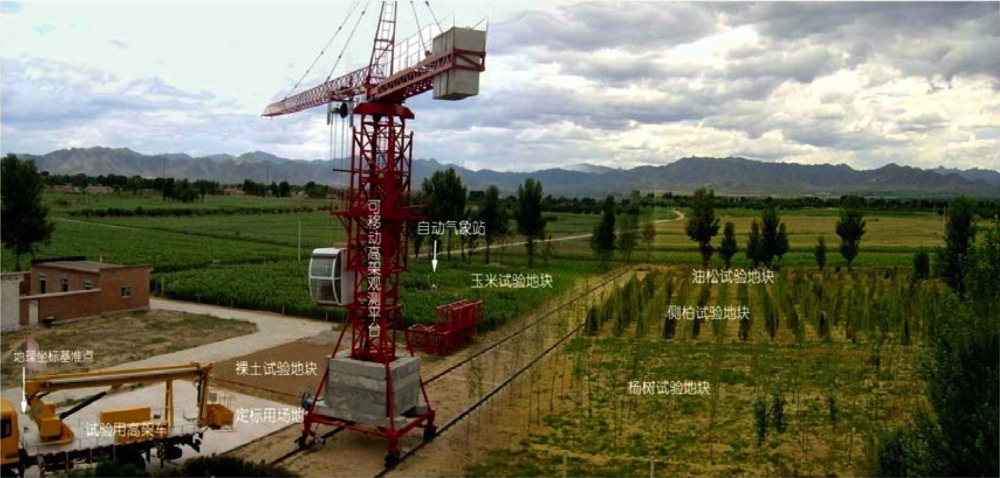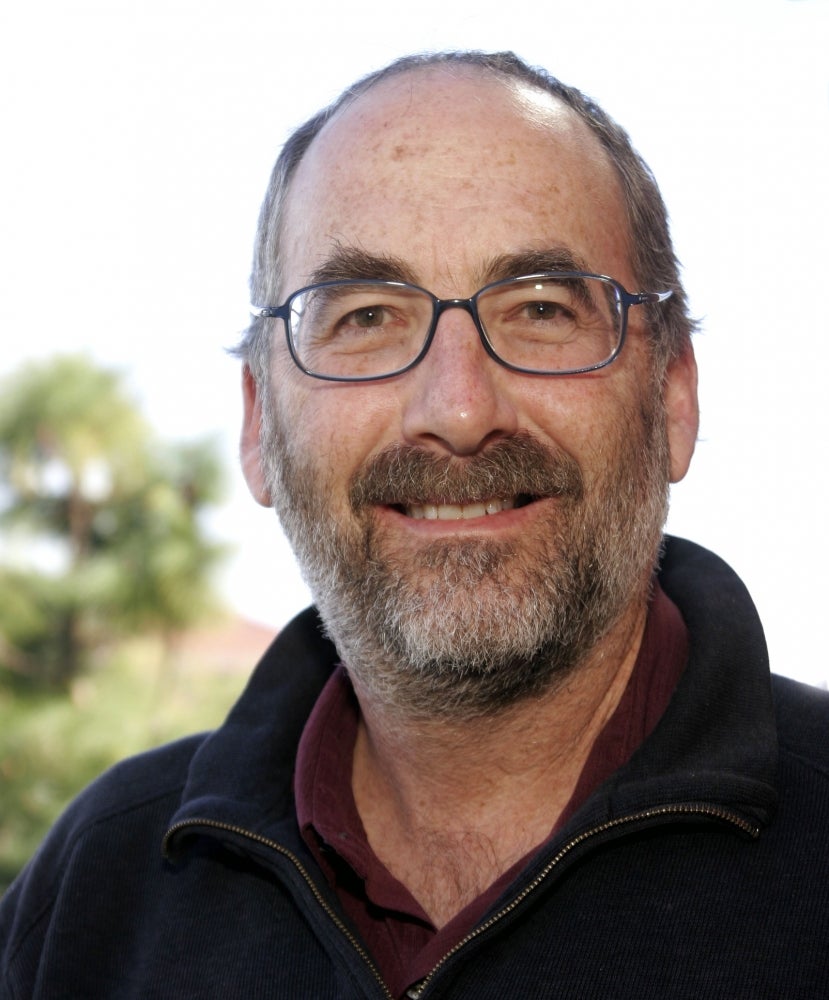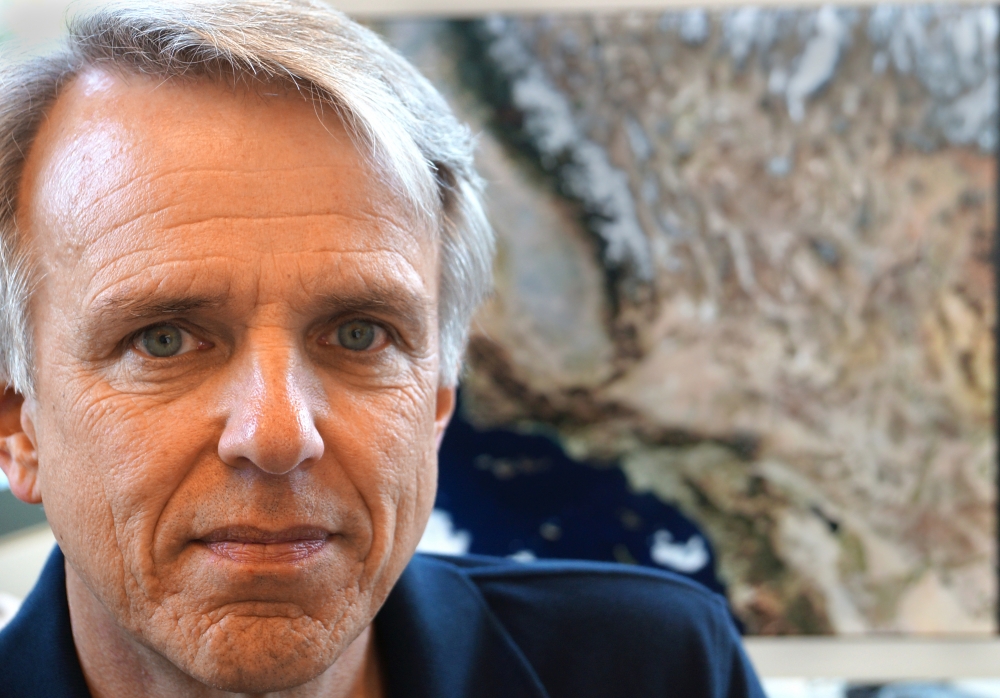
Earth Research Institute to Collaborate with Beijing Lab


UC Santa Barbara has a long and venerable history with China. When the first post-revolutionary students were allowed to leave China in the 1980s to study in the United States, five of them came to the campus’s Department of Geography.
Building on the university’s long-standing relationship with China, David Siegel, director of UCSB’s Earth Research Institute (ERI), has signed a memo of understanding (MOU) with the State Key Laboratory of Remote Sensing Science (SLRSS) in Beijing. “We believe that both institutions can benefit from the exchange of scientists, postdoctoral researchers and students,” he said. “Not only can we collaborate on research projects, but we can also conduct complementary field experiments.”
“Of that original group, one of them — Zhengming Wan, an ERI research professor — is still here, about to retire. This connection has been growing ever since the first crop of Chinese students came to UCSB,” said James Frew, principal investigator in the ERI and associate professor at UCSB’s Bren School of Environmental Science & Management. “We have a deep academic connection with post-revolutionary China that goes back as long as any institution in the Western world.”
Remote sensing — understanding processes and states on very small scales and expanding that to regional and global scales — allows researchers to do field work in denied and remote areas or where time is a factor, such as regions with limited periods of sunshine. “The satellite is patient,” Frew explained. “It can just wait for the right weather.”
According to Siegel, some observational assets in space see the Earth at a very fine scale (tens of meters), so it takes weeks to sample the entire Earth. He notes that kilometer-scale assets can map the Earth every other day. Both produce huge amounts of data. “Managing the hundreds of terabytes required for this sort of high-scale mapping is what UCSB does very well,” he said.
Built in 2005, the State Key Lab is jointly supported by the Institute for Remote Sensing and Digital Earth, the Chinese Academy of Science and Beijing Normal University. The lab’s three primary areas of study include inversion and information processing, remote sensing applications in earth science research and the theory of remote sensing.
The lab’s new director, Jiancheng Shi, completed his master’s and doctoral degrees in geography at UCSB and is also a former ERI researcher. “Shi is bringing the lab into the 21st century by focusing on Earth system science objectives where the Earth is studied as a whole,” Siegel said. “He is challenging his scientists to push the envelope of their science. That is what UCSB does and it is how we can help them.”
Having access to field sites in the Himalayas and Tibet opens up new areas of exploration for UCSB researchers. At least five faculty members have already expressed interest in visiting SLRSS field sites.
Frew will be the first official UCSB post-MOU visitor. His goal is to return with a list of potential collaborations that complement areas of ERI research including three key areas of focus: natural hazards, human impacts and Earth evolution.
“The connection here is a long one and it’s happening because of the work that UCSB has put into it,” Frew said. “There’s a lot of history here of scientific collaboration; the MOU simply formalizes UCSB’s decades-long relationship with China.”



